SUMMARY
This is AI generated summarization, which may have errors. For context, always refer to the full article.
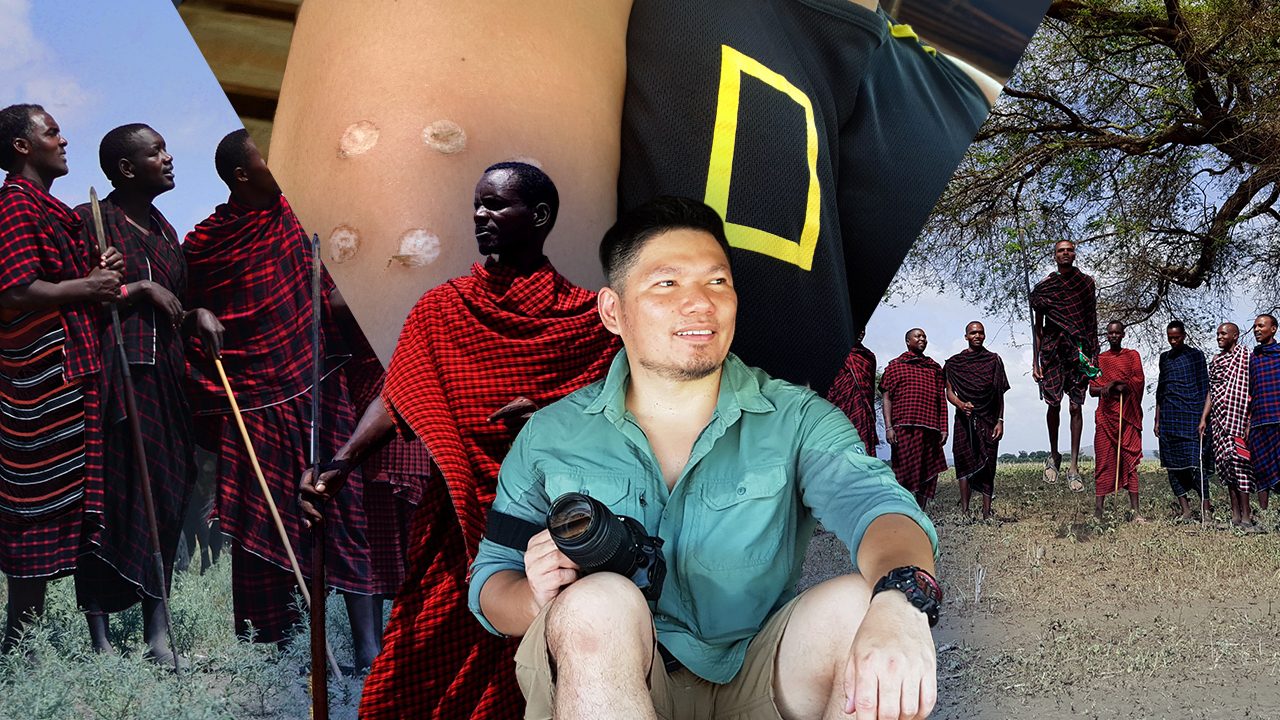
MALULA, TANZANIA – I’m on my knees, surrounded by five Maasai warriors.
The tallest, Emmanuel, drills one stick into another to make fire. As one stick smolders, he brings out a wad of dried cow dung, believed to disinfect wounds. I bare my arm and steel myself for an ancient ritual usually done to turn young Maasai men into moran. Warriors.
Emmanuel finally lifts the smoldering stick, preparing to sear human flesh. I suck air and try to look cool, but my chest thumps like the opening drums of Toto’s Africa. It’s time to receive the mark of the Maasai.
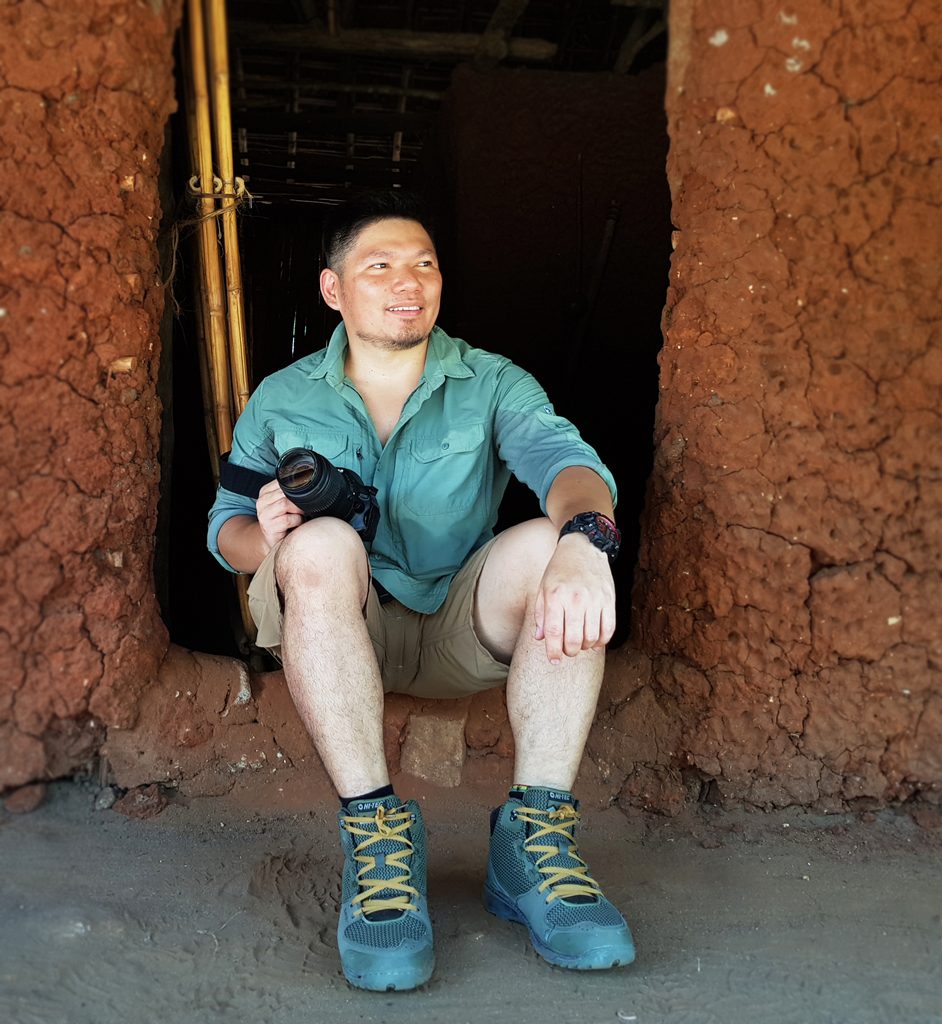
The Maasai
With their distinctive red robes and herding sticks, the Maasai are possibly Africa’s most famous tribe. They’re known for three things: drinking fresh cow’s blood, hunting lions with spears, and their famous adumu jumping dance, where tall men regularly jump half a person’s height.
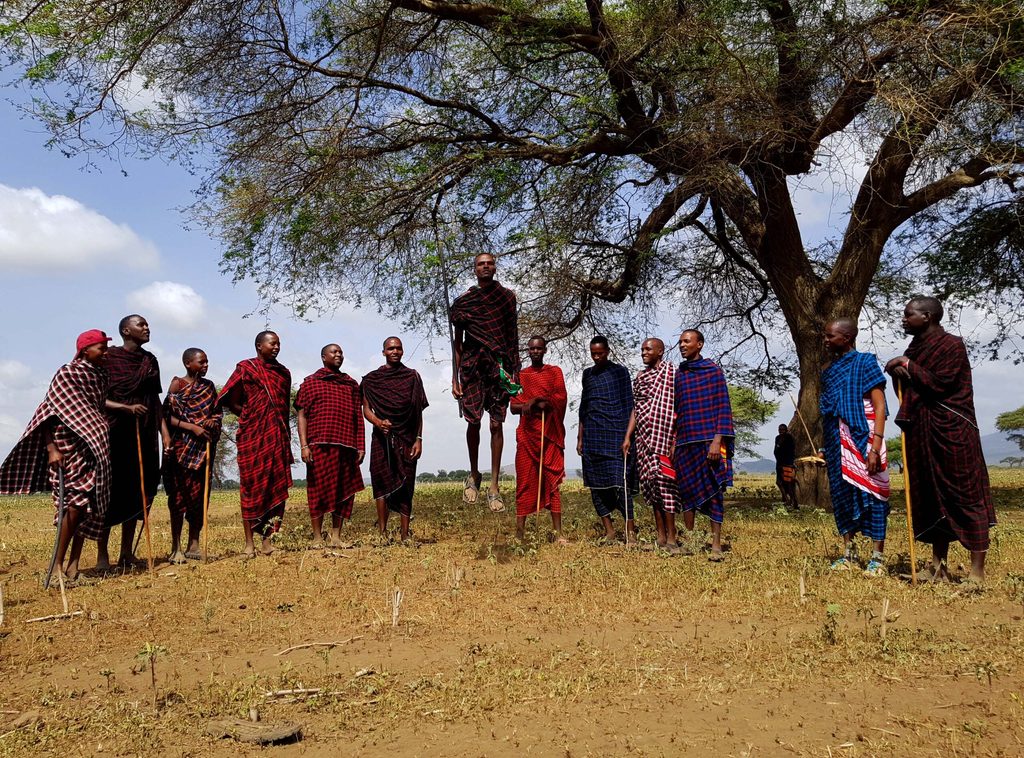
I’m from the Philippines, an archipelago hosting 134 tribes. The African continent, over a hundred times larger, has 3,000 tribes. I’ve visited many tribes in my home country, from the Taw’buid to the Badjao. Not content with merely recording their culture with words and photos, I sometimes ask if I can undergo traditional rituals. They occasionally agree.
Two million Maasai belonging to 22 clans roam Maasailand, a territory which bisects Kenya and Tanzania. They’re never far away from their herds of cattle, goats, and sheep, which are rarely slaughtered. The animals are kept primarily for milk, blood, and status. The more animals and children a herder has, the richer he is.
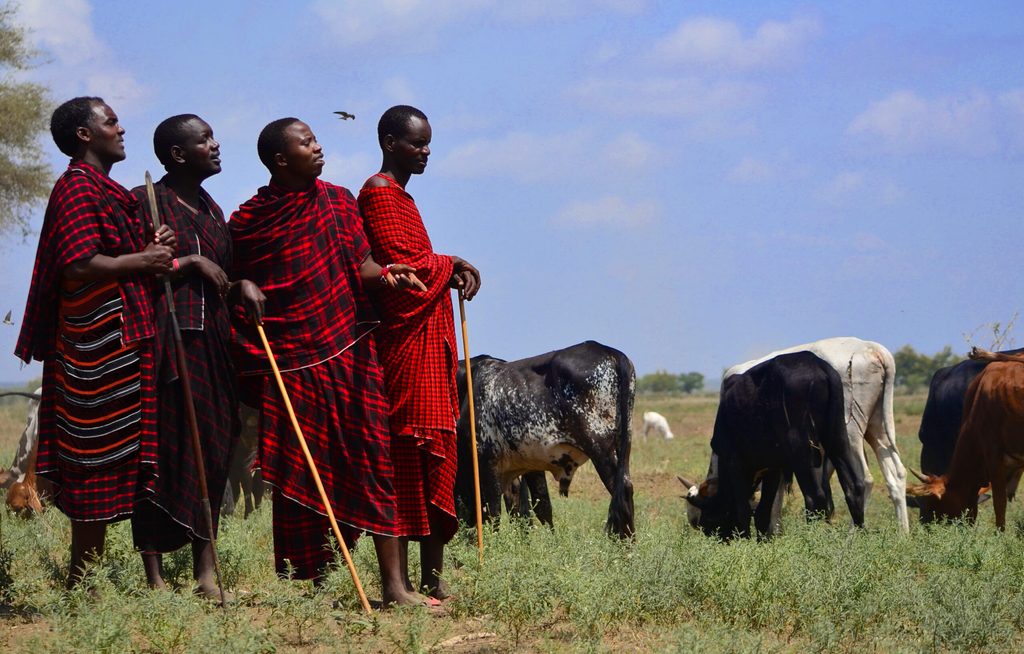
While men herd, women tend to the kids, milk the livestock, and continuously repair huts hewn from mud, sticks, and cow dung. They make colorful beaded jewelry while snorting fine-powdered tobacco and drinking fermented milk called mtindi. They speak Maa, a Nilotic language which sounds distinctively Arabic.
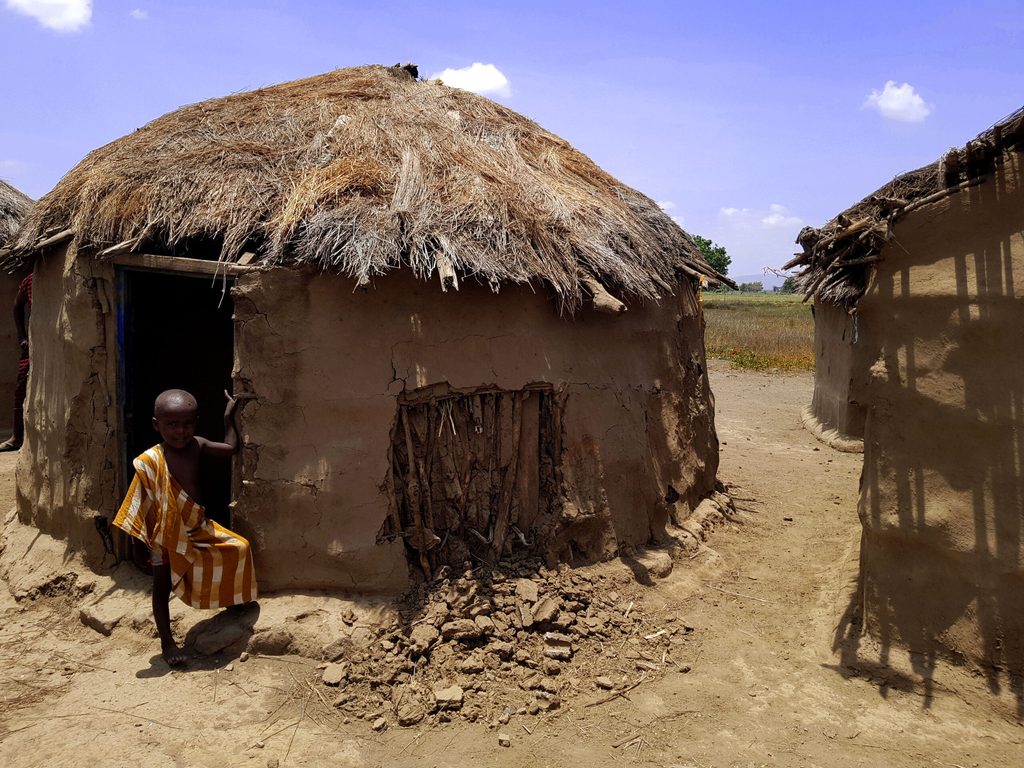
It is believed that the Maasai migrated from North Africa in the 15th century by following the Nile River. Their ferocity was legendary. Most tribes gave them a wide berth, while those who resisted were cut down.
To become a warrior the old way – and to impress a potential wife – young Maasai needed to stalk and kill a lion in a ceremony called the alamaiyo. This practice is now done only in retaliation, when rogue lions pick off cattle.
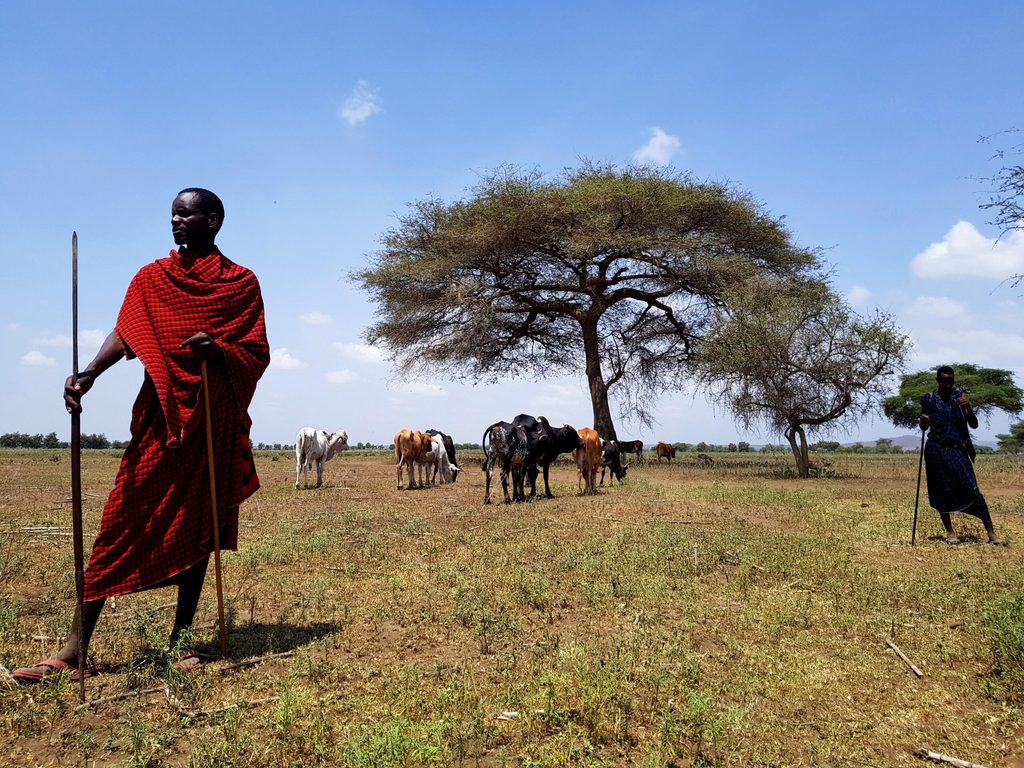
Their famed adumu or jumping dance was originally part of the eunoto, a week-long ceremony to transform young men into warriors. Now mostly done for tourists, the fascinating dance is accompanied by the low buzzing drone of throat singing. Of all aspects of Maasai culture though, I most admired their distinctive scars, each with a different meaning.
Tribal scarification
Ritual scarification has been practiced for thousands of years, particularly by dark-skinned cultures where black tattoos are hard to notice. Scars take the form of burns, cuts, or gouges rubbed with saliva, acid, ash, gunpowder, and other fun substances to add shade and height.
Though occasionally done for beauty, scarification is usually a rite of passage into adulthood or various tribal subgroups. Maasai moran undergoing scarification must exhibit bravery, strength, and indifference to pain – crucial traits in battle. Maasai mamas or women undergo similar rites to show they can handle childbirth.
* * *
Zzzzz-ssssss. The first mark sizzles like a tiny star. The pain passes and I look at my arm, seared medium-rare. Smells like barbecue.
A nodding Emmanuel confers with the others in Maa, then drills the stick again. Can I really finish this?
Years of martial arts training pay off as I lift my mind to another place.
The process is repeated once, twice, six times.
Acrid smoke tickles my nose. Backslaps and friendly cheers snap me back. The ceremony is done: like the proud tribesmen surrounding me, I now bore the marks of a moran.
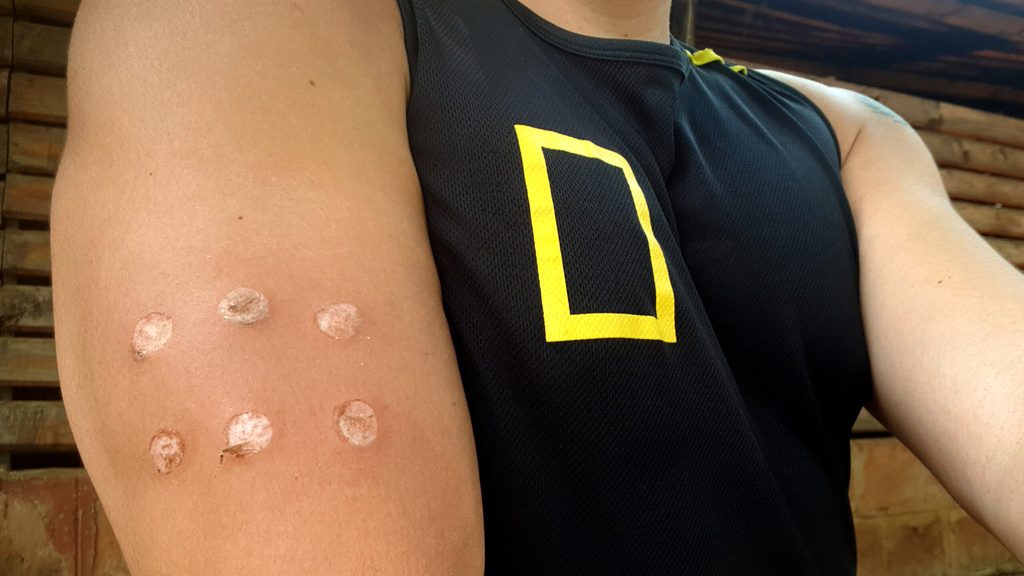
“Ashe oleng,” I say as we leave the village of Malula, gratefully biding the red-clad warriors farewell.
I have visited many tribes, but each time I look at my arm, I’ll always remember the legendary lion hunters of Africa’s Rift Valley. – Rappler.com
Add a comment
How does this make you feel?






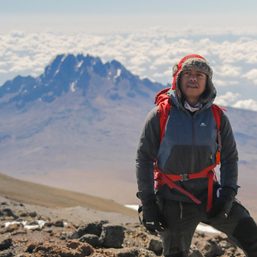
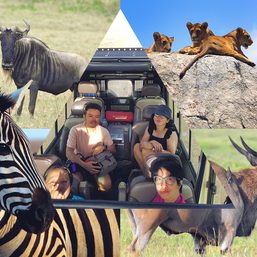




![[Ilonggo Notes] Guimaras: Geared up for success](https://www.rappler.com/tachyon/2024/05/Ilonggo-Notes-Guimaras-May-6-2024.jpg?resize=257%2C257&crop=298px%2C0px%2C720px%2C720px)
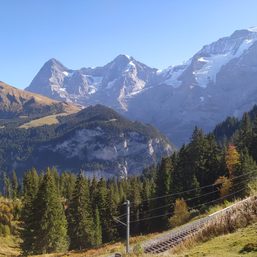
There are no comments yet. Add your comment to start the conversation.